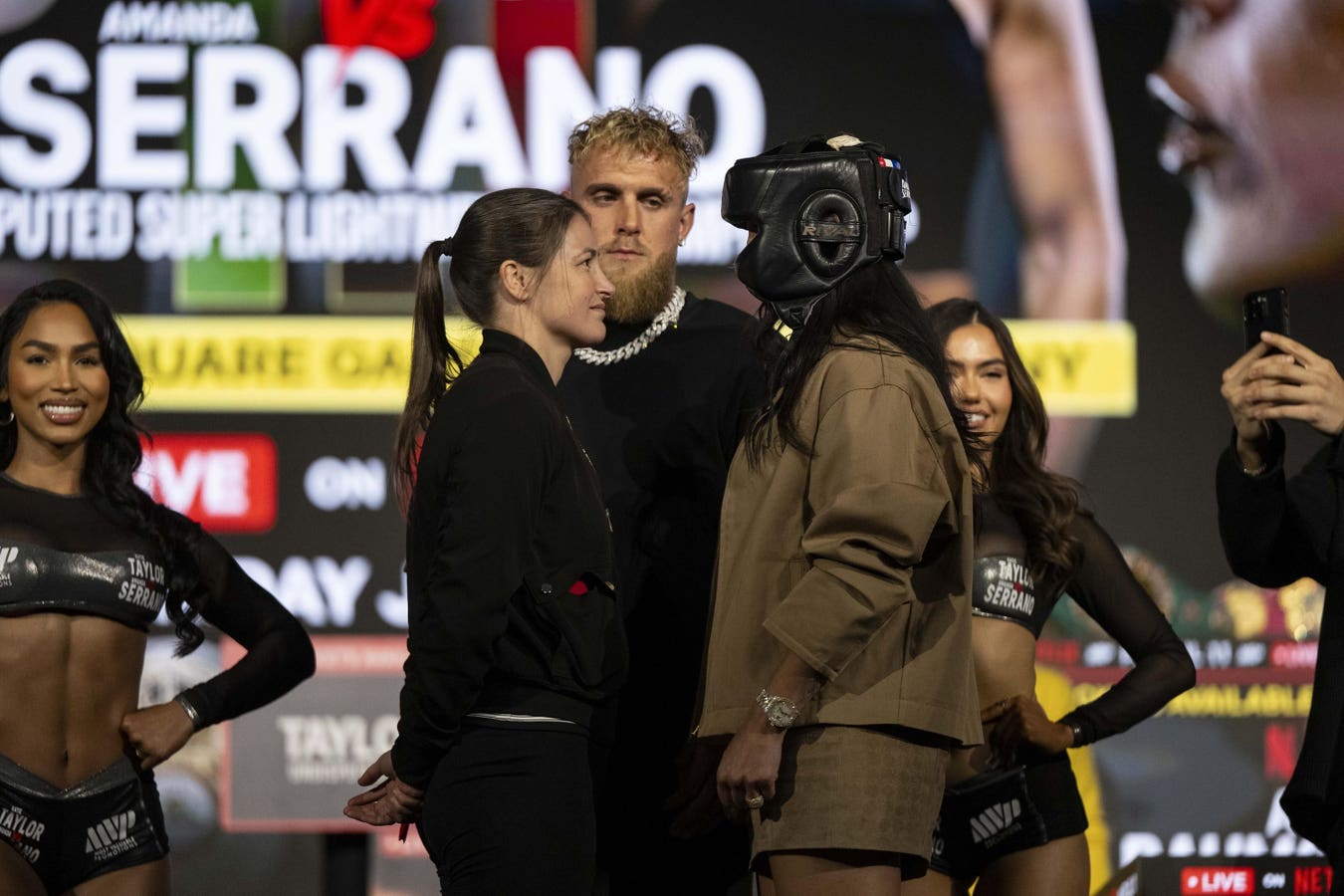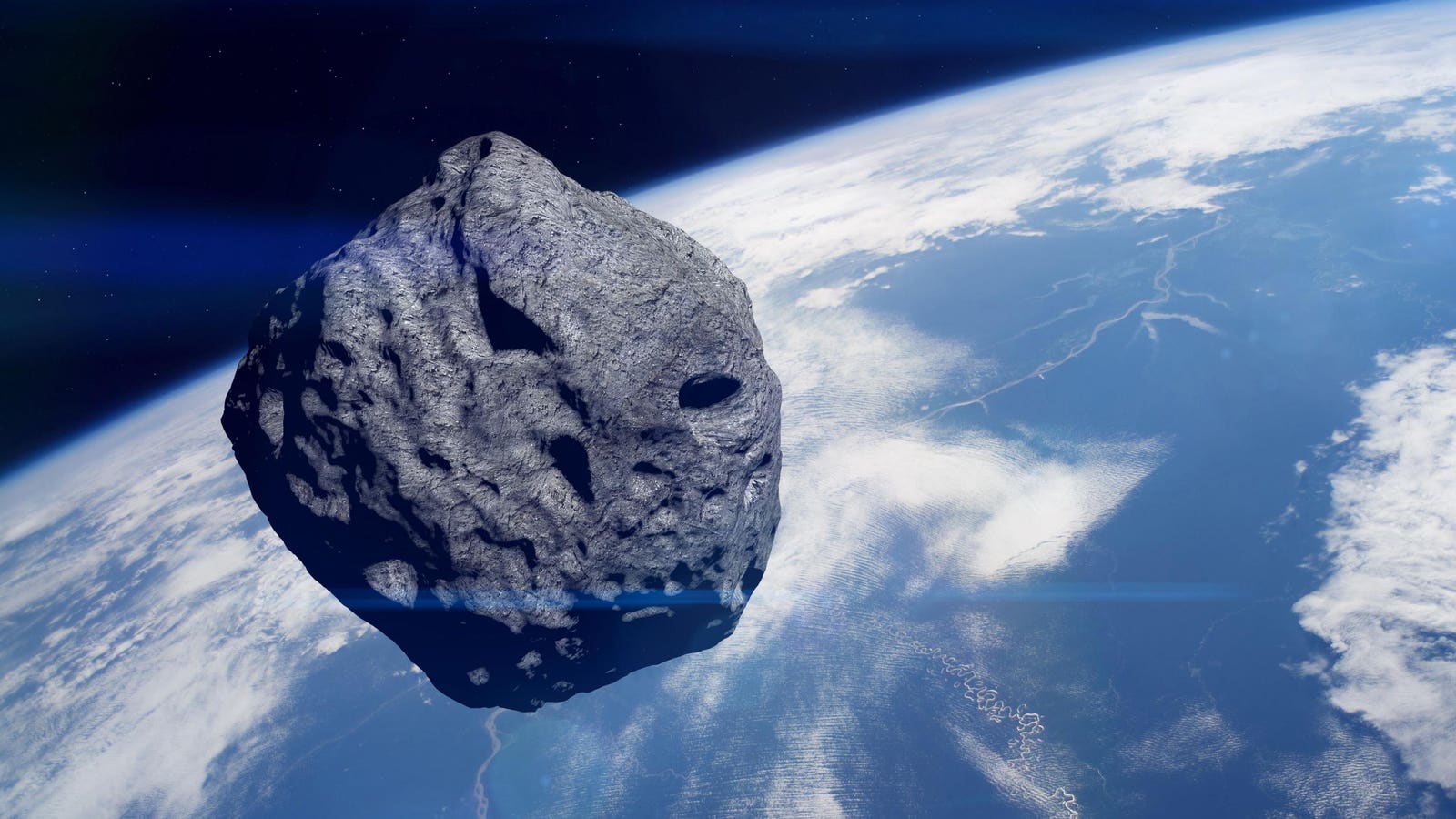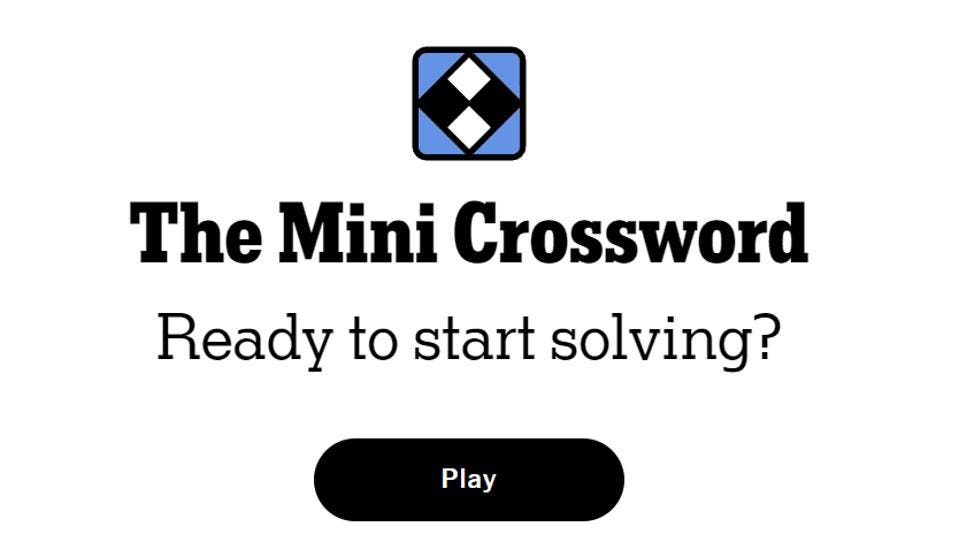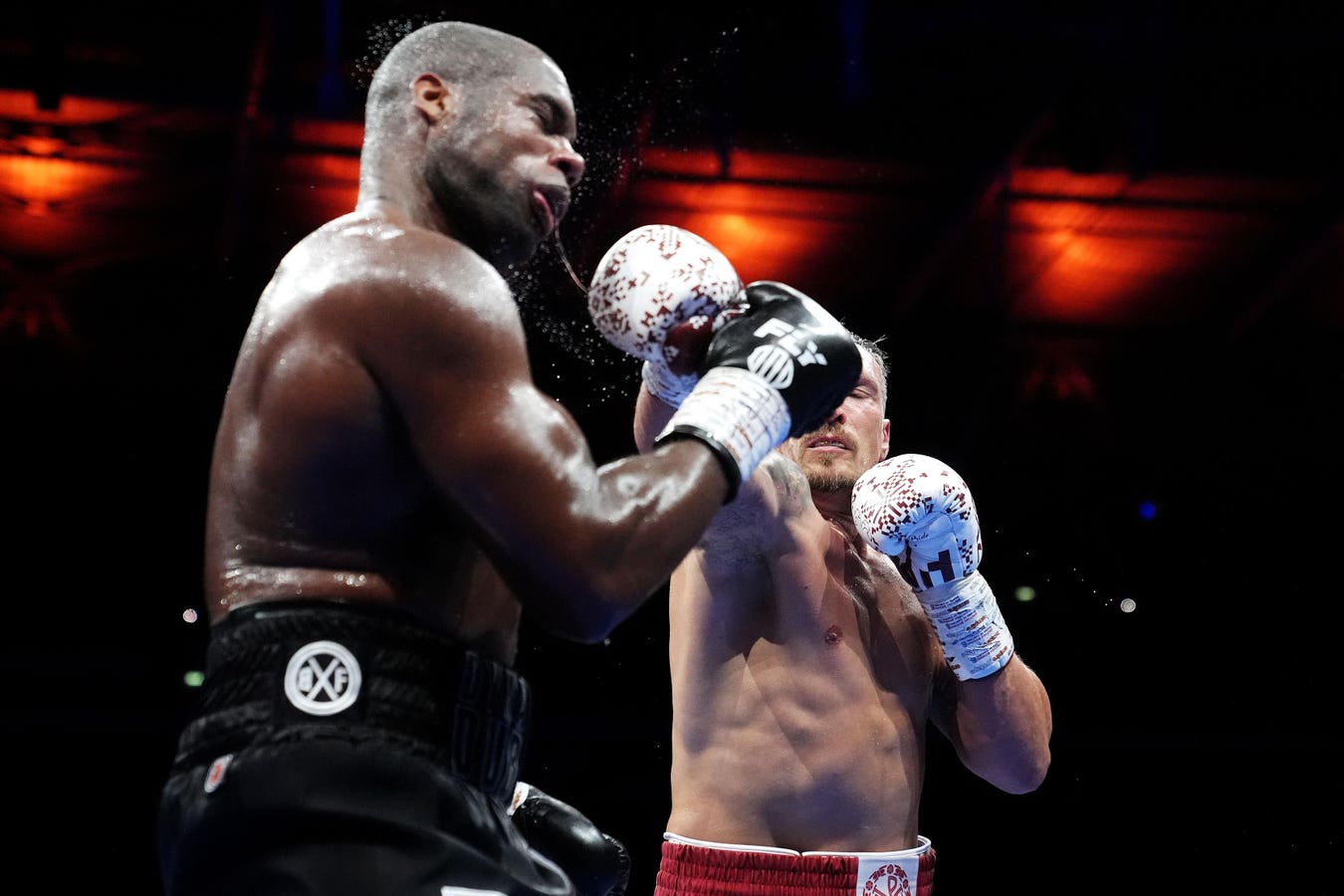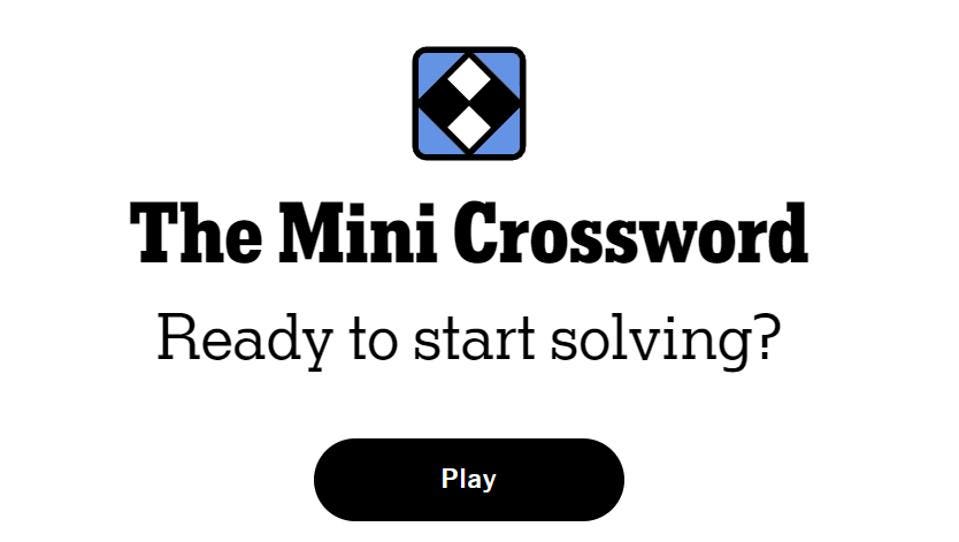Cultural Trends 2025.
Unprecedented was named word of the year in 2020, when the pandemic turned our world upside down. Five years on, the unprecedented is now precedented. Seemingly once-in-a-lifetime events are now commonplace. Old systems are crumbling under the pressure of new conditions. Life used to feel like Super Mario Bros. We would move through the levels in a predictable sequence of play. Today, life resembles GTA. We choose our own adventure, respond to emergent scenarios and navigate unpredictable side quests. There is no map for where we are going.
Business leaders are forced to ditch ten-year plans for more flexible and agile approaches. How can you plan for decades when entire supply chains can be upended in hours? Leaders need to embrace more adaptable strategies with ample room for the unexpected. At times of economic, social and planetary upheaval, best practice is counterproductive. We need to radically reimagine, create and anticipate the future. Here are seven cultural trends that will shape the next year and beyond.
Crumbling Systems
The end of World War II heralded the start of the Bretton Woods era and the rules-based international order. The creation and expansion of the World Bank, IMF, UN and World Trade Organization set the foundations for multilateralism, free trade and international law. Multinational corporations have thrived under such conditions, accessing untapped markets, raw materials and cheap labor. Globalization lowered production costs, reduced business risks and boosted profits.
Unrestrained globalization seems like an outlier as we return to a more fragmented world. According to Uppsala University, 2023 was one of the most violent years since World War II. The WTO has slashed its forecast for global trade from solid growth to decline. From a planetary perspective, Earth, the only planet known to sustain life, is struggling. Günther Thallinger, who sits on the board of Allianz SE—one of the world’s largest insurance companies, managing more than €1 trillion in assets—has recently warned that the climate crisis is on track to destroy capitalism. Thallinger warned: “This is not about saving the planet. This is about saving the conditions under which markets, finance, and civilization itself can continue to operate.” Business as usual is not an option under crumbling systems. Brands need to shift from extracting to creating value. There’s no point fishing in a lake with no fish. We urgently need to create new waterways.
Boomer Blockade
Despite the doom and gloom news cycle. You could argue we’re living in the best time in human history. In general, we live longer, healthier, safer, wealthier and more peaceful lives. In 1900, the average global life expectancy was 32 years old. In 2025, the average global life expectancy is 73 years old. We have made tremendous progress in tackling diseases, improving the quality of life and lifting billions out of poverty. However, a longer expectancy leads to a slower transfer of wealth and power compared to previous generations. In the U.S., Baby Boomers control 52% of the nation’s wealth despite making up 20% of the population. In business, the average age of a board of directors is 60 years old, despite 50% of the world’s population being under 30. There is a disconnect between who makes decisions and whose future is impacted the most. Young people feel like they can’t shape their own future.
At the same time, people over 60 are rarely represented in advertising. According to a study by CreativeX, 4% of people shown in ads globally are over 60. Brands are underrepresenting a large and influential segment of society. In the workplace, five generations are currently working together for the first time in history. A prime opportunity for companies to promote intergenerational dialogue and collaboration by setting up reverse mentoring programs, cross-generational teams and youth advisory boards.
Postponed Futures
When does adulthood start? The traditional answer is 18. But Gen-Z believes adulthood begins at 27. The deferment of the future is a direct result of the economic challenges facing young people. In fact, many of the behaviours we attribute to Gen-Z are simply outcomes of their financial situation. Gen-Z are job-hopping because a job for life doesn’t exist. Gen-Z are side hustlers because most can’t rely on a single income stream. Gen-Z doesn’t trust major institutions because capitalism isn’t working for young people the same way it did for previous generations. Economic uncertainty has made young people more afraid of the future. Many prefer to seek refuge in nostalgia for a past they never experienced.
The traditional markers of adulthood are no longer achievable or aspirational. Young adults are less likely to own a house, more likely to live with their parents and less likely to be married or have children. The social contract is broken. Millennials are the first generation to be worse off than their parents since 1800. Wealth inequality, rising rent and higher cost of living mean that young people have less discretionary income. The uneven distribution of wealth represents a particular challenge for consumer brands that depend on mass consumption and high sales volumes. Brands can and should help young people navigate the challenges of modern adulthood.
The Lost Boys
Deferred adulthood has caused some young men to feel lost in modern society. Firstly, we must acknowledge the progress of women in education and employment. In many countries, women are more likely to hold university degrees. Young women are starting to earn more than young men in the U.K. and several U.S. cities. But a new global gender divide is emerging between young men and women. The divergence is most visible in political ideology. Young women are becoming more progressive and young men are becoming more conservative. In Germany, a quarter of the AfD’s vote came from young men. In the U.S., more young men are turning Republican.
More troubling than political differences, young men and women aren’t occupying the same digital and physical spaces. According to a 2022 Pew Research Center survey, 63% of men under 30 reported being single, compared to only 34% of women in the same age cohort. Young men’s disillusionment with their economic and romantic status—the very factors by which their worth has historically been judged—has led some to become resentful and nostalgic for a more ‘traditional’ society and gender roles. It could also explain why young men are returning to religion. There are few positive role models for young men. Toxic masculinity influencers and right-wing podcast bros have filled an unmet emotional void. The current strategy of ignoring the problem has only exacerbated the situation. Marketers are uniquely placed to platform more positive role models and forms of masculinity.
Society of Individuals
Humans are inherently social beings. From an evolutionary perspective, we have relied on cooperation to survive and thrive. Collaboration was the only way to gain access to food, shelter and protection from attacks. However, advances in AI companions (software) and humanoid robots (hardware) allow us to design society around our individual preferences. We no longer need to depend on others for survival. Welcome to a new social structure that has never been seen before: welcome to a society of individuals.
The signs are everywhere. We order food without leaving the house. We buy groceries from the supermarket without speaking with other humans. And increasingly, young people are using AI companions for emotional support. According to a recent survey, 25% of young adults believe AI can replace traditional human romantic partners. Silicon Valley’s obsession with frictionless transactions removes human interaction from daily life. Social isolation goes a long way to explain why Gen-Z are the loneliest generation in recorded history. Social connection is essential for maintaining physical health and mental well-being. That’s why young people are actively seeking community and in real-life (IRL) experiences. The brands that can bring people together for real-life experiences will be the biggest winners in the age of AI.
Local Flavours, Global Reach
The fragmentation of media has made niche the new mainstream. For decades, globalization flattened local cultures and traditions. Entire communities and ways of life were wiped out and replaced with Western culture. The U.S. has been the foremost purveyor of pop culture since the 20th century. Famous exports include McDonald’s burgers, Levi’s denim jeans and Coca-Cola’s soft drinks. But are we beginning to see the sunset on the US cultural hegemony? US products are now less popular in Canada and Europe. Young people are more interested in cultures outside of their own. Korean dramas (K-dramas) have achieved global popularity among Gen-Z with more likeable and approachable storylines. Bad Bunny’s latest album, Debí Tirar Más Fotos (DtMF), reached number one on the Billboard Global 200 chart, incorporating sound and rhythms from his Puerto Rican roots. In Europe, the Irish rap trio Kneecap have led to a boom in the Irish language. More than 5 million people have started to learn Irish outside of Ireland using Duolingo.
Local cultures and micro-communities, once dismissed as niche, are now mainstream. Mass broadcasting doesn’t exist in the same way it did during the golden age of TV and radio. Most people don’t see the same content at the same time. We no longer have a shared cultural frame of reference. Our content, interests and passions are curated, served and reinforced by powerful algorithms that know us better than we know ourselves. Modern marketing requires a connection to micro-communities, local cultures and creators. A hero campaign is no longer enough. Attention can’t simply be bought. It needs to be earned. To succeed, brands have to listen, co-create and amplify micro-communities and local cultures.
AI Empires
AI is on course to transform our economy. The Industrial Revolution shifted society from an agrarian economy to one centred on manufacturing and urban centres. New manufacturing machines created a separation between factory owners who controlled production and managed profits and factory workers who operated the machines in exchange for wages. The rise of AI creates a new separation between AI owners who control the models, algorithms and data and AI users who depend on AI platforms for information, services and opportunities.
Generative AI is already replacing jobs previously held by humans. Companies are already reimagining workflows by replacing human contributions with software. In a recent example, Shopify’s CEO introduced a new hiring policy where managers must prove that AI cannot do the job before asking for new hires. Marketing and the creative industries are especially susceptible. Graphic design and copywriting are some of the jobs most threatened by AI. And we’re still in the early stages of AI development. For the first time, economic value is now untethered from company headcount. Henry Ford’s River Rouge Plant employed more than 100,000 people at its peak in the 1930s. Today, Meta employs 74,000 employees despite having 3.3 billion monthly active users. OpenAI has 4,400 employees and processes 1 billion queries per day. AI agents could soon generate the first one-person $1 billion company. AI is disrupting wage labor and the consumer economy. As more people lose jobs to AI automation, the case for universal basic income will gain widespread traction. Though it still leaves us with a big question: what will be the role of humans in an AI world?



